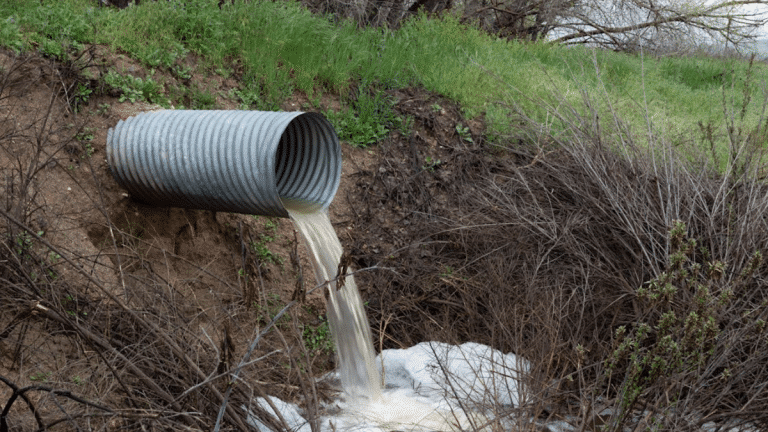Are you preparing to develop your residential or commercial property? In addition to the structures and paving that may already be planned, you will undoubtedly have to make provision for a stormwater drainage system.
Building an adequate pipeline, whether for water or sewage, begins with the soil testing Melbourne geotechnical engineers perform before every new build. In addition to this, a significant amount of planning needs to go into the design and building process to ensure that your pipeline functions safely and efficiently.
Contents
Why is Soil Testing Necessary for Pipeline Construction?
You may already know that local law requires the necessary soil tests to be performed before any building starts on a proposed building site. The various soil tests involved assess and determine the characteristics of the ground under your build.
These assessments help your engineering team to design and construct the safest foundations for your structures and pavements. Your sewer and water pipelines are no different. In addition to this, pipeline testing also helps your engineering team assess the amount of excavation required as well as the costs and techniques needed to create a safe and stable pipe and drainage system.
Being prepared for every building issue allows you to lower the risk of any problems you may face down the line. The last thing you need is to have a major environmental crisis on your hands when your pipeline fails. Avoid this by investing in the necessary testing before construction begins.
Know What Your Geotechnical Team Will Investigate
If you’re building on undeveloped land for the first time, you may be wondering what exactly your geotechnical team will test for in terms of your proposed pipeline. With that in mind, our team of engineers have compiled a list of the top factors that will be tested for before the plans for your pipeline can be finalised.
1. Test for Excavatability
One of the key aspects your geotechnical team will test for is excavatability. This is necessary because not all soil and ground is the same. A common example of this is that sandy soils don’t hold water well. Soft clay, on the other hand, can present stability issues during construction. Both of these soil types can result in excessive excavating.
Your geotechnical team will assess the subsurface conditions and soil properties to establish how difficult digging and building will be. These results will enable your engineering team to plan the design, materials to use, and types of equipment needed. You’ll also have a better idea of the costs involved.
2. Review the Bearing Capacity
As with your structures and pavement areas, the intended pipelines will need a stable area to rest on. Therefore, the next soil test involves testing for strength and its ability to hold the pipe’s weight.
Keep in mind that this should include any potential additional loads and should happen without any excessive settlement. Doing these tests is vital for preventing any long-term issues caused by instability.
3. Assessing the Area for Rock
Not testing the ground before you start excavating for your pipeline can result in your construction crew potentially encountering patches of bedrock. When this happens, machinery can get damaged, or timelines may need to be adjusted, and budgets increased.
Testing for these types of rock patches can help your team prepare by using the correct tools from the get-go. This can involve using rock breakers or, in severe cases, amend a design plan to place the pipeline in a more functional space.
4. Check for Safe Batter Slopes
The ground you’re building on shouldn’t just provide a solid foundation for your structure; it should also be strong enough to safely hold the weight of your construction crews, machinery, and shouldn’t collapse under extensive excavation and building processes.
To determine if this is possible, the soil cohesion and stability will be tested and analysed. Safe slope angles (commonly called batter slopes) will be recommended to ensure that there are no collapses during the excavation and construction process.
5. Test Various Groundwater Levels
Every contractor will agree that excavating and finding water seeping into your trench can be annoying and time-consuming. Your team can avoid digging in these areas by having the engineers test and identify the surrounding groundwater conditions.
Your team will be able to plan, obtain the necessary tools, and adjust building techniques and materials before the building even begins. While this may sound like a headache on its own, keep in mind that changes and amendments in the beginning phases will be considerably more affordable than having to deal with major issues halfway through the construction process.
Final Thoughts
Having the necessary pipeline and soil testing is about more than just ticking the boxes to get your building permit. It’s about ensuring that your build is constructed on a safe and robust foundation.
When it comes to your pipeline, it’s imperative that the design and materials used ensure that your drainage system works well and guides your water and sewage away from your build. Speak to your local geotechnical engineer for a comprehensive plan for the tests needed for your new build.

